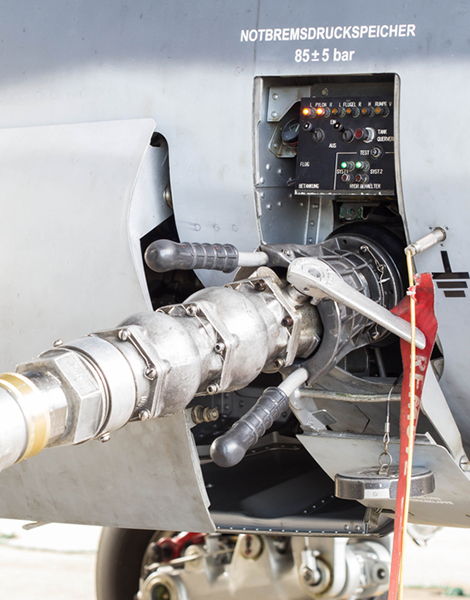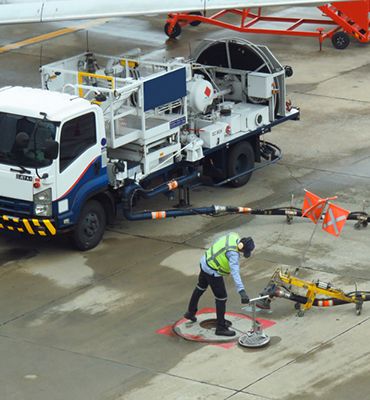
Jet
Fuel
Jet fuel is a highly combustible energy source developed by science to provide what’s necessary to handle the power of larger jet turbine engines. When put to use in other areas, jet fuel must be used with great care because it can quickly lead to an out-of-control fire.
Jet A, which is mainly used in the United States, must have a freeze point of minus 40ºC or below and does not typically contain static dissipator additive. Jet A-1 must have a freeze point of minus 47ºC or below and for locations outside the United States, this fuel normally contains static dissipator additive. There are other key differences between the manufacturing specification within the United States and Europe/Africa/Middle East/Australasia.


Three basic turbine engine fuel types are available worldwide, although some countries have their own unique fuels. The first is Jet A. It is the most common turbine engine fuel available in the continental United States. Globally, Jet A-1 is the most popular. Both Jet A and Jet A-1 are fractionally distilled in the kerosene range. They have low volatility and low vapor pressure. Flashpoints range between 110 °F and 150 °F. Jet A freezes at –40 °F and Jet A-1 freezes at –52.6 °F. Most engine operations manuals permit the use of either Jet A or Jet A-1.
The third basic type of turbine engine fuel available is Jet B. It is a wide-cut fuel that is basically a blend of kerosene and gasoline. Its volatility and vapor pressure reflect this and fall between Jet A and AVGAS. Jet B is primarily available in Alaska and Canada due to its low freezing point of approximately –58 °F, and its higher volatility yields better cold weather performance.
Where is this sourced from?
Basic details you need to know
Origin
Russia/USA
Packing
Bulk
Delivery
CIF
Price
TBA


